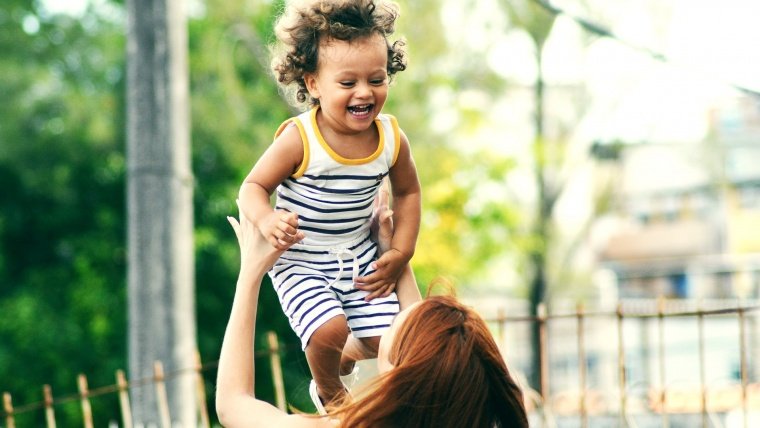While loss is a normal part of life, it is not a normal part of a child’s life. Many young children may only be able to superficially understand what death means. To their minds it seems impossible that a friend, family member or pet is not coming back.
But that doesn’t mean we don’t deal with it. Think about how you and your other adult friends talk about death. Do you avoid frank discussions about dying, death, and the afterlife? Do you use euphemisms? Are you afraid to talk with people who have recently experienced a loss? It isn’t until we have to deal with the topic of death and children that we realize our own inadequacy or reluctance to confront it. But this can be a prime opportunity.
If a child has lost a pet, the event provides an easier segue to dealing with human death. The child understands that the creature was alive and present and then not. They may have experienced that over the period of time following the death, the animal did not come back. With time, they understand the permanence of death.
But if the young child has never lost a pet, human death may be a hard concept to grasp. It requires a lot of explanation and communication. This may be a challenge for the adult, since, as a culture, we are often reluctant to discuss death and dying in an authentic and transparent way. We have euphemisms and descriptors, but we are reluctant to delve into it. Maybe we fear that in naming death, we make it real. But unfortunately not naming death doesn’t make it any less real, just more confusing, especially for young people.
This is actually a time to force yourself, as the adult, to take on the task of discussing death and dying in real terms. Children will often ask what happens to people after they die. You may be pressed to decide what you yourself believe and affirm about the afterlife
If there has been a death, you don’t have to exclude children from the grieving and mourning process for fear they won’t understand, or because you think they need to be protected from it. Children may not be able to express their emotions in the same way adults do, but they can be brought into the process and ceremony around death. Many children are curious about death and dying anyways. Allowing them to be a part of the process helps to answer their questions and assuage fears.
Kids may express grief in ways that seem strange to us as adults. But we have to remember that our expressions of grief are culturally conditioned. Children are more likely to do what feels natural to them, than to be guided by U.S. cultural norms around grief and loss.
In other cultures it is very common to continue celebrating the dead after the loss. Serving favorite foods, listening to music, looking at pictures, telling stories, or planning other activities that help to remember the one who has died can be healing experiences for both adults and children. These experiences help children to talk about their continuing emotions around the death and the person who has died and helps teach them healthy dialogue around these natural, but painful life events.
You won’t walk through a death perfectly—especially if you are trying to manage your own emotions. It’s important not to neglect your own grief experience in an attempt to alleviate the suffering of others. This is a common ‘mom’ response, but we all must grieve. Setting aside your grief and mourning only delays the inevitable emotions you will experience, possibly leading to maladaptive behaviors later on. It’s okay and even natural for your children to see you cry and go through the stages of grief and loss. It also helps them to see your human and that’s not such a bad thing.
How have you helped children deal with grief and loss? How does your family talk about death?


